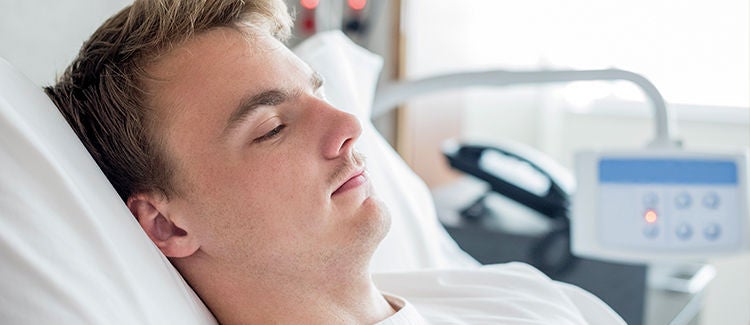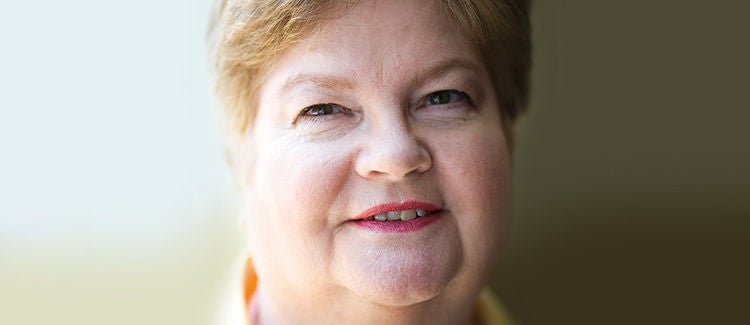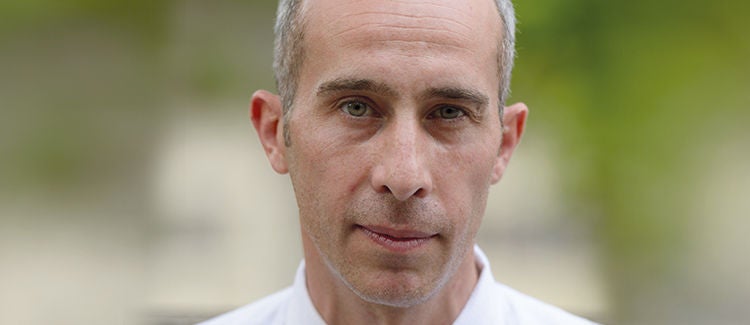Clinical summary: Presentation/Clinical history
Mrs M, 38 years, teacher, current weight: 53.6 kg (BMI: 19.9 kg/m2)
Diagnosis: Admitted as an emergency due to a perforated bowel
Past medical history: cow’s milk protein allergy (CMPA), constipation
BMI low, at nutritional risk







